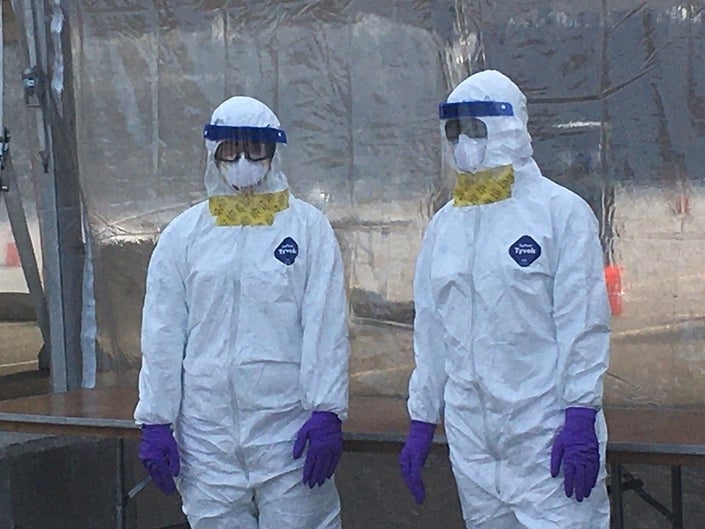More people dying at home in Massachusetts and other states suggests the coronavirus pandemic death toll is higher than official reports.
CAMBRIDGE, MA — In March, 317 people died at home in Middlesex County, an increase of 20 percent over the average number of at-home deaths in the state’s most populous county during the same month in the previous three years.
That, according to a report by ProPublica released Tuesday, could suggest the number of people dying from the new coronavirus in Massachusetts is much higher than the official tally released daily by state officials. In Massachusetts and other states, those numbers are largely are based on positive test results and people who die in hospitals.
But they do not take into account people who never got tested for the virus before they died or people who die outside of hospitals. Nor do they count people who may have died from other causes because they could not get treatment at crowded hospitals. Mark Hayward, a sociology professor at the University of Texas-Austin who specializes in mortality statistics, said ProPublica’s data for Massachusetts and Detroit suggests deaths from the new coronavirus are being undercounted.
Official coronavirus death counts are “just the tip of the iceberg,” Hayward said.
As of Tuesday, 957 people had died of the coronavirus in Massachusetts, according to the official tally released by the state Department of Public Health. Projections from the closely watched IHME model jumped Monday to 8,219 Massachusetts coronavirus deaths by Aug. 4. That was up from 5,625 on April 8.
But Lorna Thorpe, director of the epidemiology division at New York University’s Langone Medical Center, told ProPublica the true number may be getting “lost in the fog of war” as health care systems get overwhelmed with cases. Robert Anderson, the chief of the Centers for Disease Control and Prevention’s mortality statistics branch, said the numbers are crucial in helping determine where to allocate resources.
Hayward also noted the death rate of people over the age of 65, which was 3.6 percent higher in March than the average during the same month in the previous three years. That’s a “pretty dramatic change,” Hayward said, adding that it is “very consistent with COVID-related deaths.”






